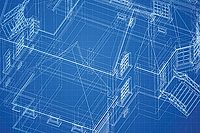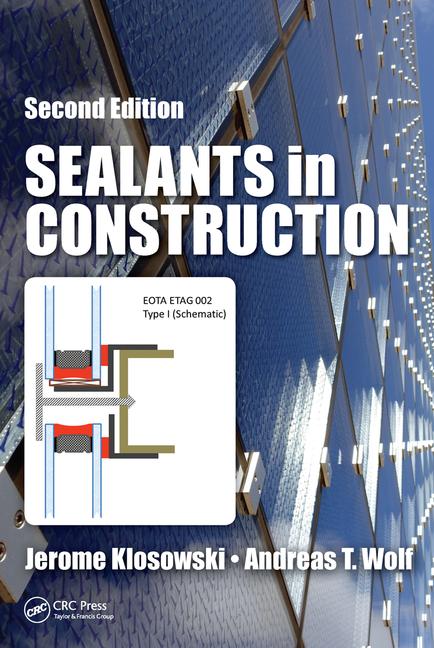Editor's Memo
Opportunities for Adhesives and Sealants Abound in Green Building and Construction
The movement toward sustainable construction provides myriad opportunities for adhesives and sealants.

According to the U.S. Green Building Council (USGBC), the number of residential homes certified to its Leadership in Energy and Environmental Design (LEED) system is at an all-time high, having risen 19% since 2017.* Close to 500,000 single- and multi-family homes, as well as affordable housing units, are LEED certified around the world; more than 400,000 are in the U.S.
The movement toward sustainable construction provides myriad opportunities for adhesives and sealants. In this issue of ASI, we feature an article focusing on a reactive thermoplastic spacer system for insulating glass unit (IGU) edge seals. As H.B. Fuller’s Brian White writes, “This cohesive system can elastically deform, diffusing strain throughout the entire edge seal, rather than concentrating it into the weakest link in the edge system, commonly the polysiobutylene primary seal.”
How do these systems work, and what “green” benefits do they provide? Find out in “Modern Design Enabled by Greener, Cleaner Sealant Technology.”
At the Pressure-Sensitive Tape Council’s Tape Summit this past spring, I had the opportunity to sit down with some of the council’s board members, including: Michel Merkx, president (corporate vice president and general manager of Ideal Tape); Ed LaForge, vice president (president and CEO of Mactac); and Joseph Tocci, treasurer (senior vice president of Global Sourcing and Supply Chain for Intertape Polymer Group). They discussed some of the trends and opportunities that pressure-sensitive tapes are finding in the construction sector.
The group shared that, working in conjunction with traditional fasteners such as nails and rivets, tapes improve the seals needed to maintain a structure’s desired environment (e.g., temperature and humidity) while potentially offering additional functionality such as slip resistance, conductivity, or flame retardancy. Pressure-sensitive tapes can help builders meet various regulations and address consumers’ desire for energy efficiency. They can also speed up the building process and provide flexibility, which will become increasingly important as the trend for prefabricated structures continues to expand.
Tapes truly find wide use in building projects. “During the construction of a residential or commercial building, tape is a critical component for many jobs, such as installing HVAC systems, seaming housewrap, and hanging poly-sheeting,” writes Lisa Zierfuss of Shurtape Technologies. Learn more about tapes’ utility, as well as the importance of using the correct UL-listed products to meet HVAC codes, in “Conscious Construction: An Evolution Toward Sustainability and Efficiency.”
How is your company addressing sustainable construction? Please contact me at (248) 786-1704 or suttons@bnpmedia.com to share your experiences.
*The USGBC’s “LEED in Motion: Residential” report is available for free download at www.usgbc.org/resources/leed-motion-residential-0.
Looking for a reprint of this article?
From high-res PDFs to custom plaques, order your copy today!









